What Are the Top 12 Cooking Utensils Every Cook Should Own?
There are so many great cooking utensils on the market and many options associated with each tool. What it’s made of? Size? Type of handle? Weight? Design?
This makes choosing the right one for your needs more confusing, and it can, but it also allows you to find the perfect tool to fit your needs. I love it. I want to share some of my favorite cooking utensils in my kitchen without going into the minutia for each tool.
How to Buy Cooking Utensils
If you are thinking of adding one of these items to your kitchen drawer or replacing one you purchased or borrowed from home many years ago, go to a store where you can get several models into your hands. Play with it.
See if it feels good. Hopefully, you’ll spend a lot of time creating some incredible meals with its help, so make sure it feels good in your hand.
Everyone Needs Some Good Cooking Spoons
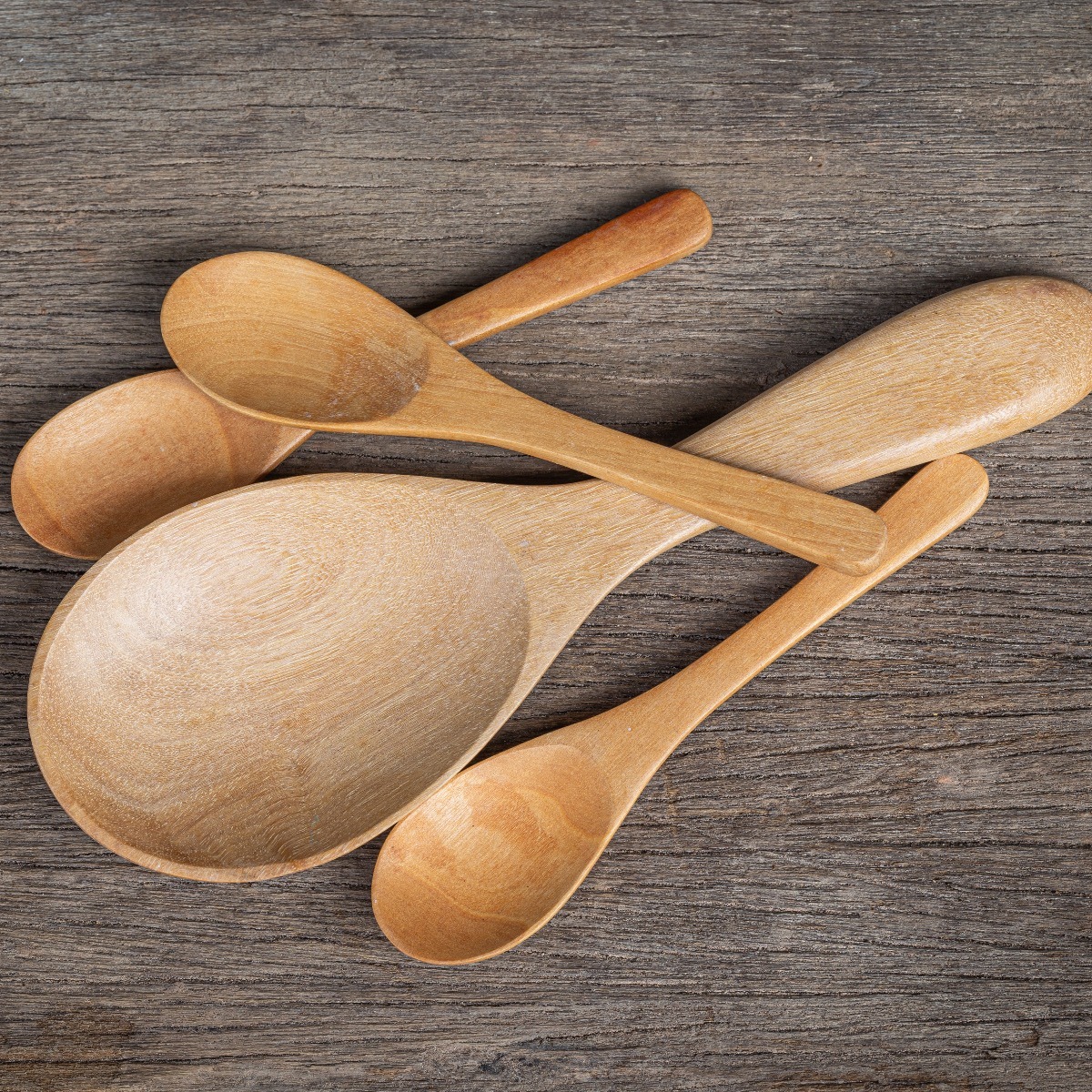
Spoons come in all sizes and can be made of many different materials. Spoons are great for serving, stirring, skimming off fat, and tasting.
I recommend spoons with integrated handles – ones made in one piece. This eliminates the chance of the handle getting loose, falling off, or getting food stuck.
Wooden spoons are great because you can leave them in the pot, and the handle won’t get hot. Also, they won’t scratch your non-stick pans, making them a good choice.
Other options include stainless steel, silicone-coated, and plastic. I’m not a big fan of stainless except serving spoons because they can get hot. I would also avoid cheap plastic spoons that could melt, but I have some heat-resistant plastic spoons that work great.
And Don’t Forget Those Handy Slotted Spoons
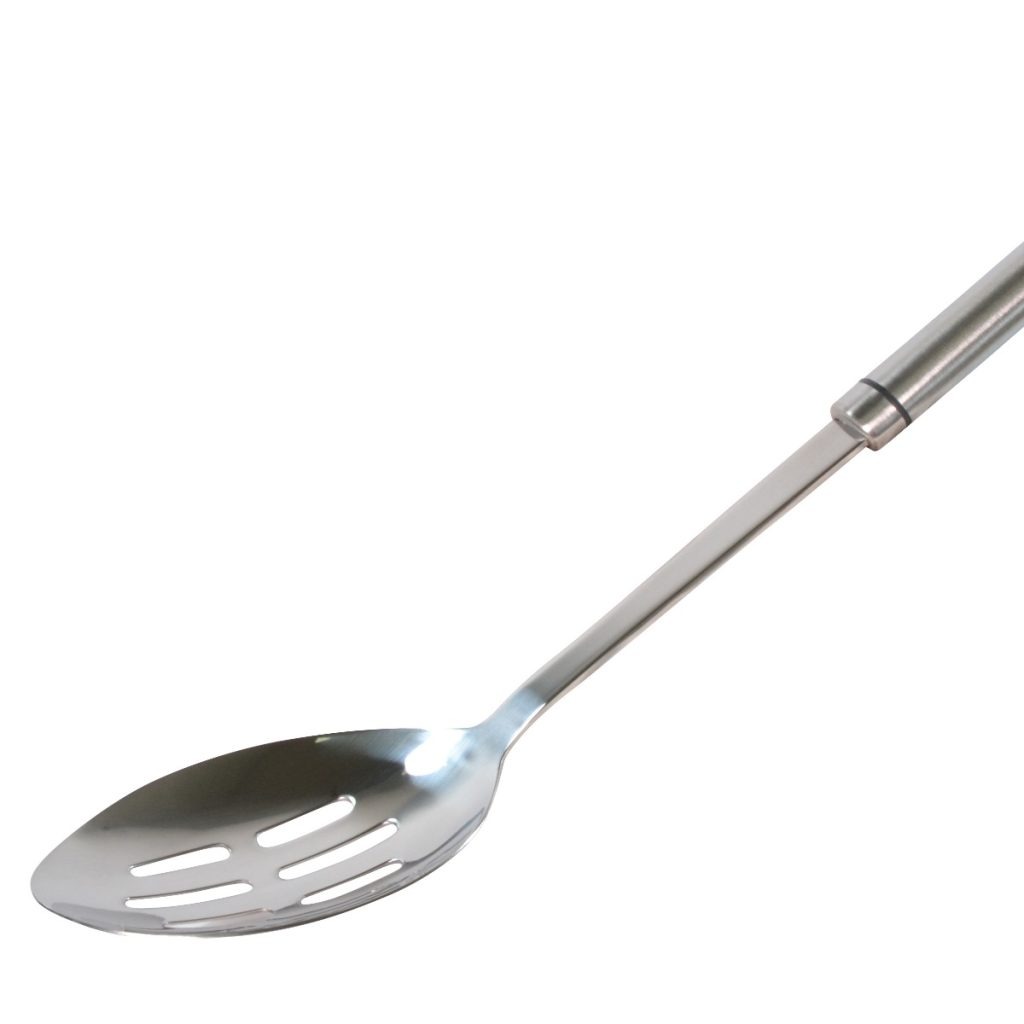
Like their solid-bowled cousins, slotted spoons come in various materials and sizes. Slotted spoons excel at removing solid foods from liquids. You can even use one as an egg separator. Again, look for all-in-one models to reduce the chance of breakage.
The Ever Handy Spatulas
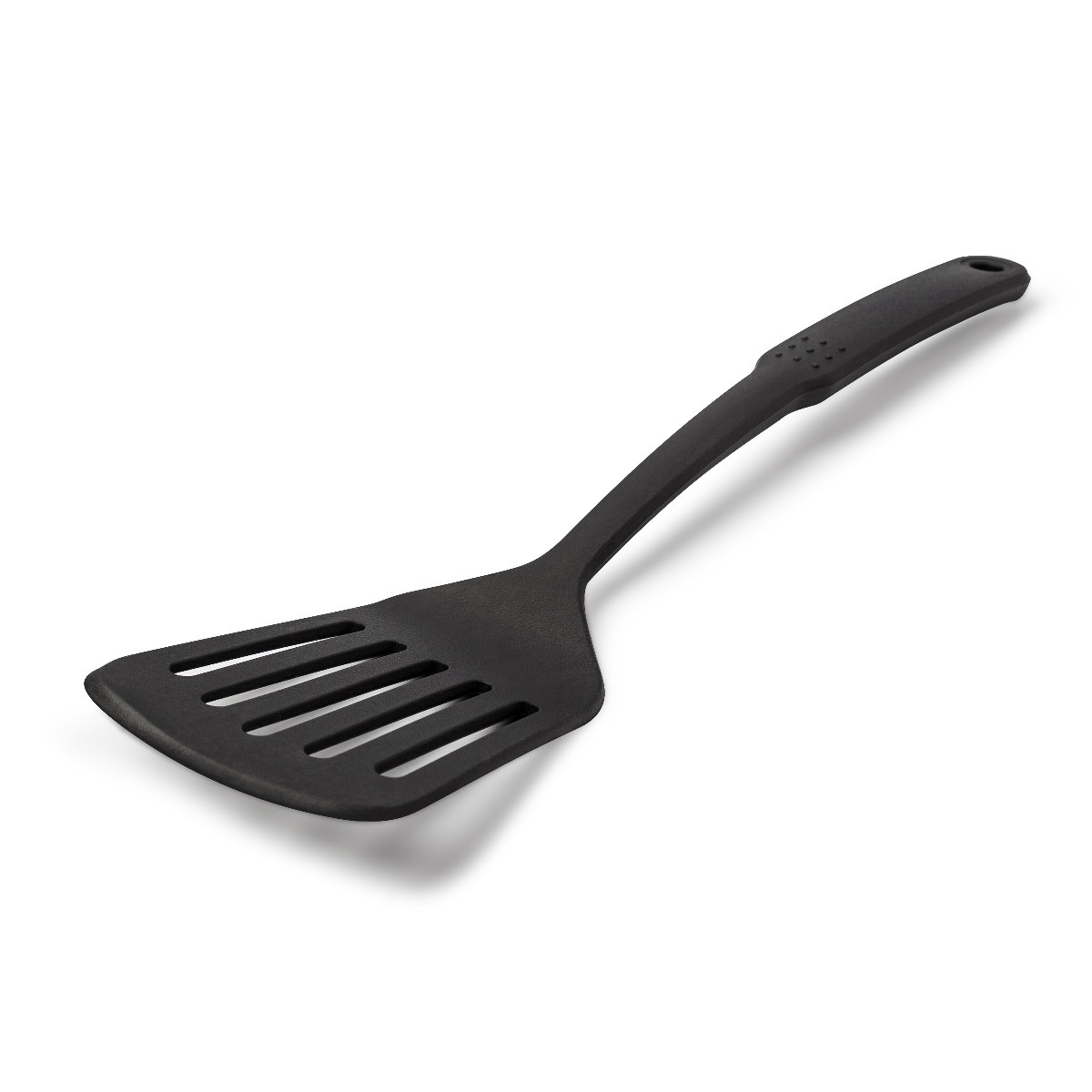
When I think of “spatulas,” three types come to mind: the kind with long, thin metal blades for spreading icing, the plastic or metal for turning hamburgers, and the kind with rubber or silicone blades for folding ingredients or scraping bowls.
I recommend an offset spatula for spreading icing. This design keeps your knuckles out of the way.
For hamburger and grilled cheese turning, find a spatula that will fit easily in your pan and mirror the shape of the food you are turning. You might do well to have a large and a smaller version of a hamburger spatula for use in different pans. Purchase thin-bladed models that will easily slide under the food you are turning.
When purchasing a rubber spatula, do find one with a silicone blade. This way, you can use them when scrambling eggs. Also, silicone blades are less prone to discoloring than rubber/plastic models.
If you can’t find a design with an integrated handle for all three models, you can look for spatulas with firmly affixed handles.
Let’s Not Forget the Useful Fish Spatula

Yes, it is pretty specialized kitchen equipment; a fish spatula generally has a metal blade with many long slots cut out. These cut-outs decrease drag and make turning a delicate fish fillet easier.
They are excellent if you have the space or cook a lot of fish. If you can find one with an integrated handle, get it. Otherwise, do look for one that has a riveted handle.
You May Call It a Skimmer, But It’s a Spider
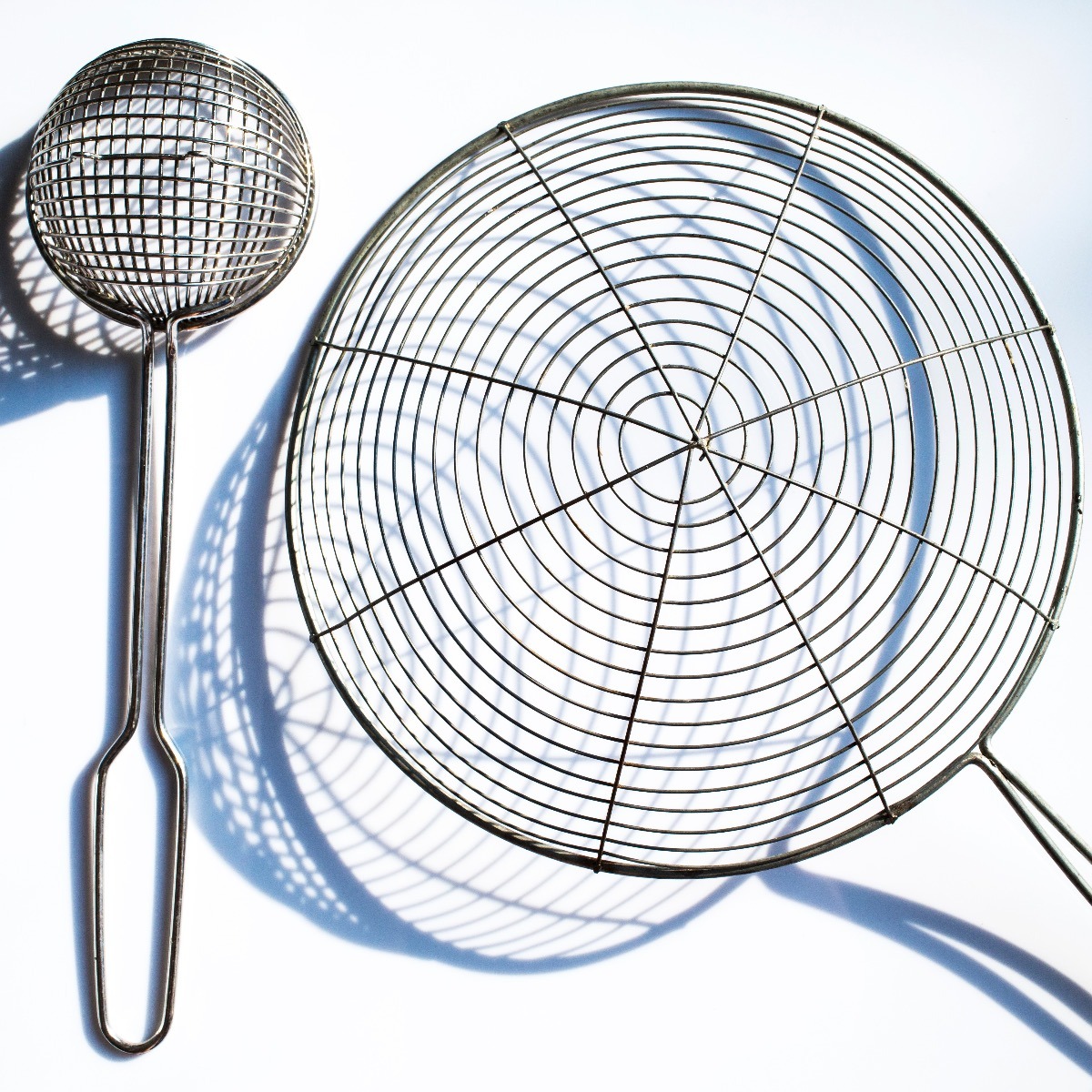
Also called a ‘skimmer,’ a spider is a shallow mesh basket, usually attached to a bamboo handle. A spider is a tool to remove delicate foods from boiling liquid, such as wontons or ravioli.
I’ve seen ones in professional kitchens up to 8” in diameter, but a 4” bowl works nicely in a home kitchen. While not necessary, a spider can be helpful if you have the space.
The All Important Kitchen Shears
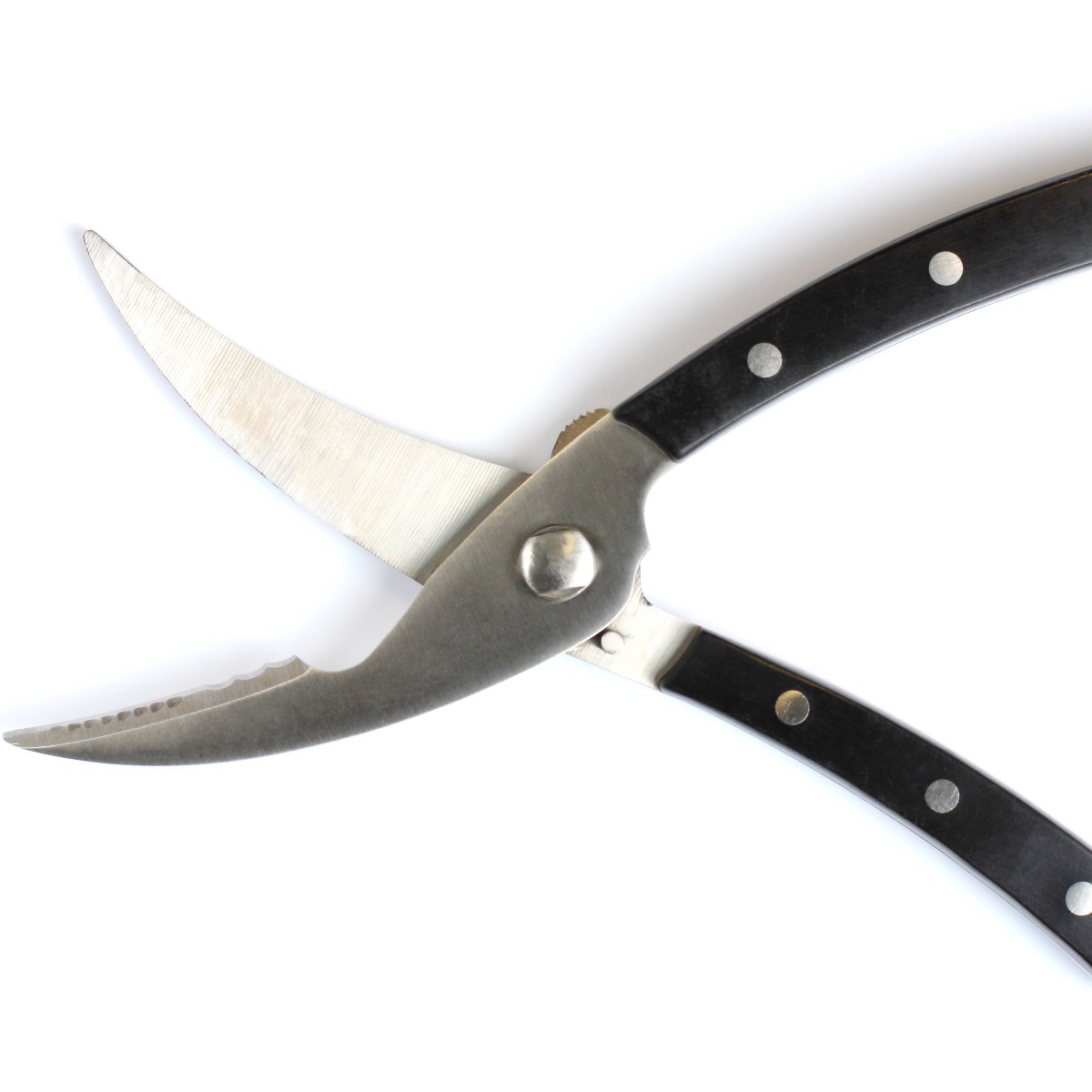
Not enough people use kitchen shears. They make short work of everything from taking the backbone from a chicken to cutting up sticky dried fruit. I like the models that come apart in two pieces to ensure you can thoroughly clean them.
I would not trust a pair of kitchen shears that don’t come apart—there is too much opportunity for food to get stuck. Look for stainless steel models that you can get sharpened when they get dull.
The Most Important Kitchen Item – Tongs
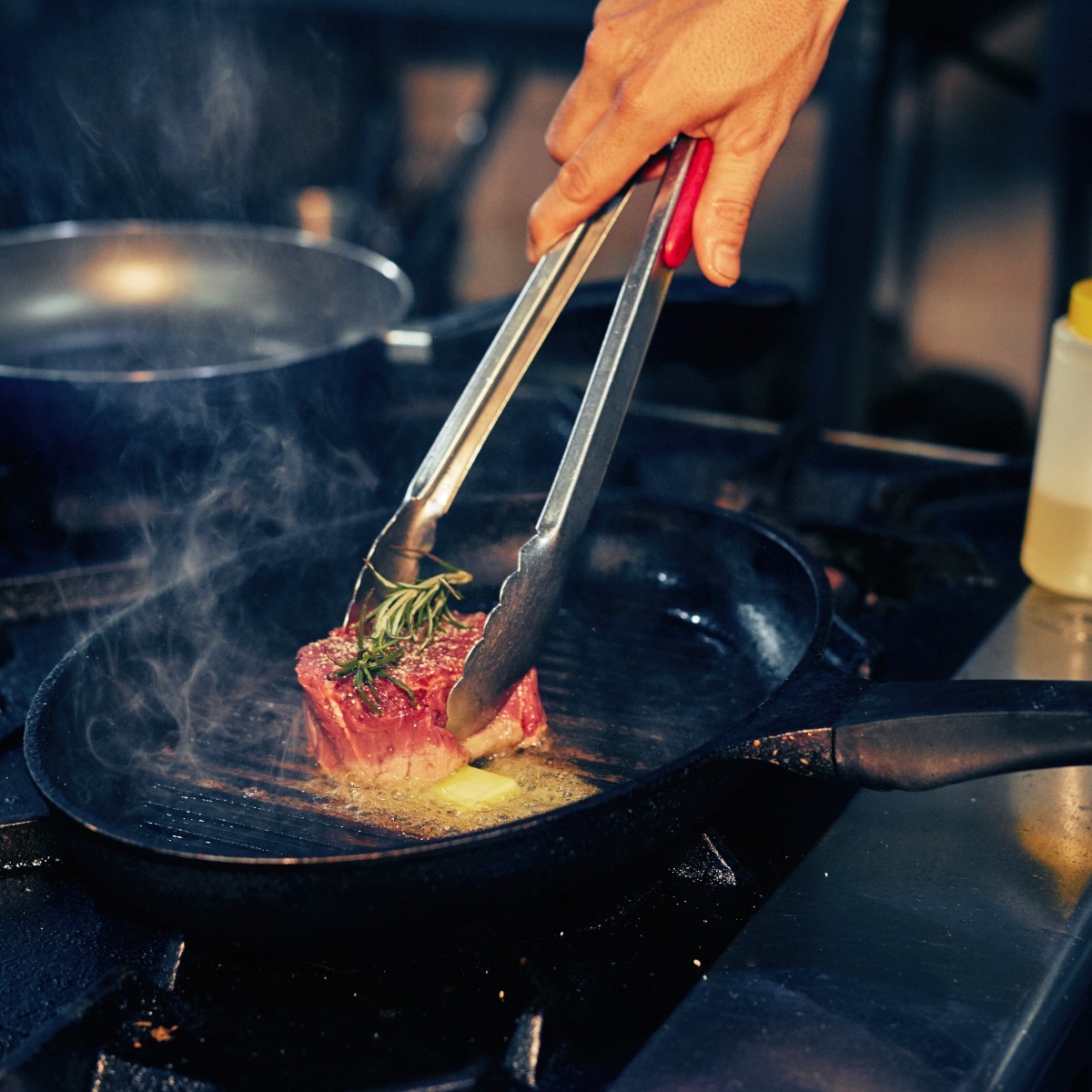
Tongs are another kitchen utensil that gets under-used in many kitchens but not mine. I have three pairs because I often use them when cooking, cutting, and serving.
Tongs are great for turning meats without piercing or keeping a piece of meat steady when slicking. You can use tongs to slide out your oven racks when the oven is hot or grab a piece of food falling out of the frying pan and into the stovetop.
How about serving foods from a pan to the plate, like steamed vegetables or baked potatoes? You can even serve pasta like spaghetti with your tongs. And if you’re playing music while cooking and have the beat, tongs are great for playing like a pair of hand-held castanets.
I like the spring-loaded tongs, although some complain they tire your hand. I don’t find that a problem, but you can find versions that don’t have the spring or ones that can be locked into different positions.
All of my kitchen tongs are stainless, but you can find them with silicone handles that insulate the handle so you can leave them in a pan without burning your hand. I prefer not to leave them in a pan. And you’ll find tongs come in all sizes and lengths.
I prefer 8″ to 10″ tongs for cooking indoors, but I own some 12′-14 inch versions for grilling, so I don’t have to get my hands too close to the heat.
Whisk It – Whisk It Good
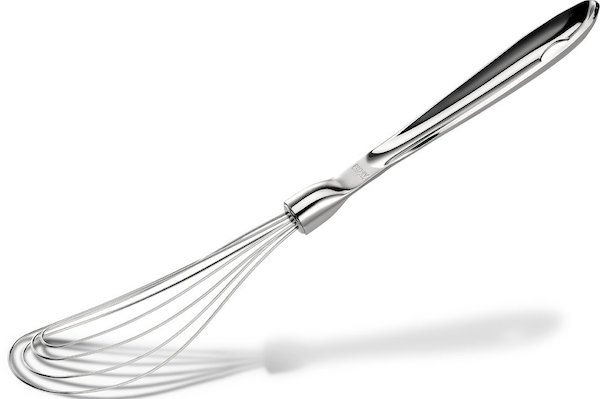
A most helpful piece of kitchen equipment, whisks come in many shapes and sizes and are designed for everything from whipping meringues to making vinaigrette and gravies. And there are all sorts of whisk styles and sizes, each for a specific type of whisking.
Whisks come in many shapes and sizes, and it is easy to get confused when figuring out which suits our cooking needs. Do I need a balloon whisk, a straight whisk, or one of those weird-looking ball-in-ball whisks?
For a comprehensive look at whisks.
What About A Trusty Citrus Reamer
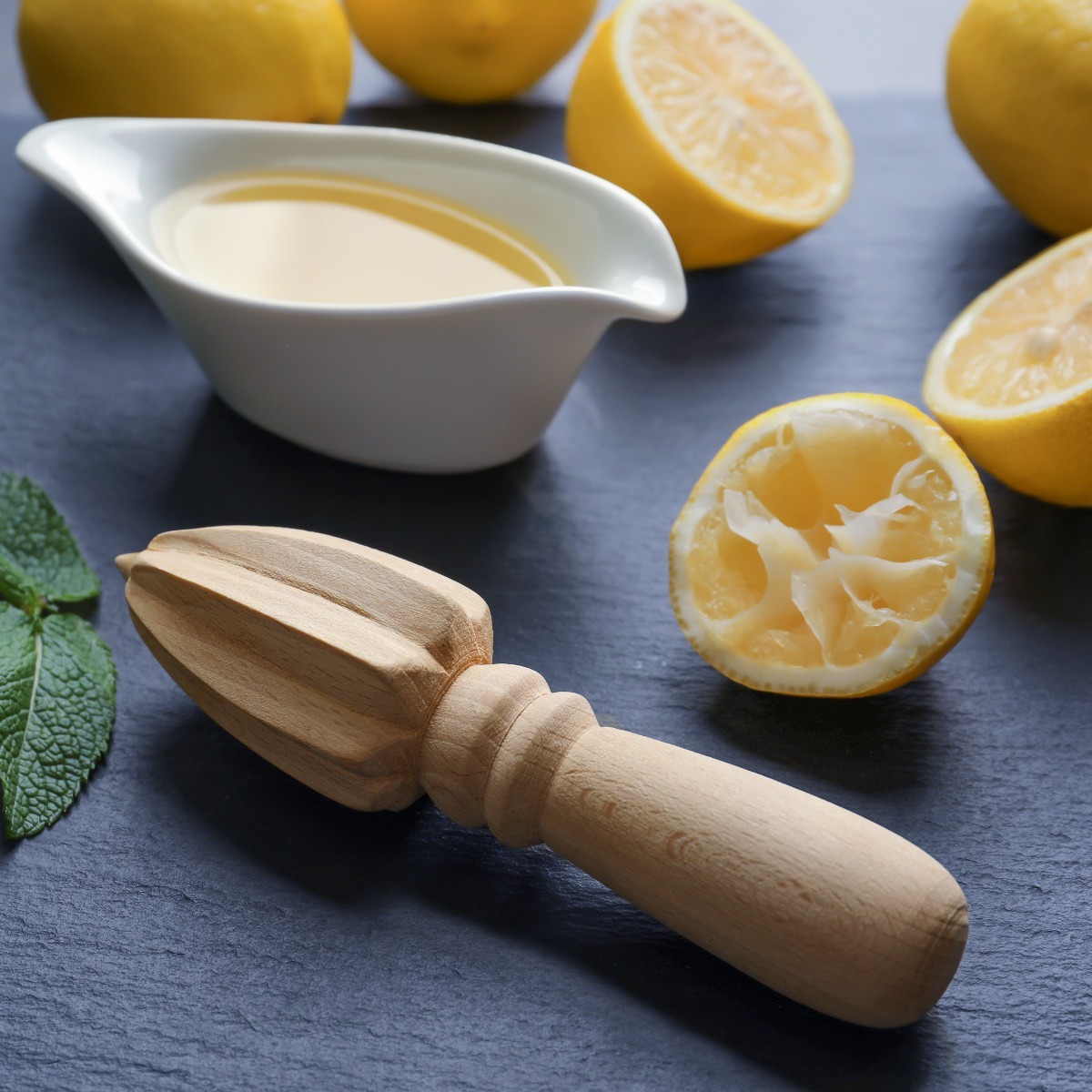
Citrus reamers are generally made of wood or plastic. They are compact utensils designed with a conical head to insert into a citrus half to extract the juice.
Do not get one with too much of a point on the end; it could pierce through the fruit’s skin and stab you in the hand while you’re reaming.
The All Important Peeler
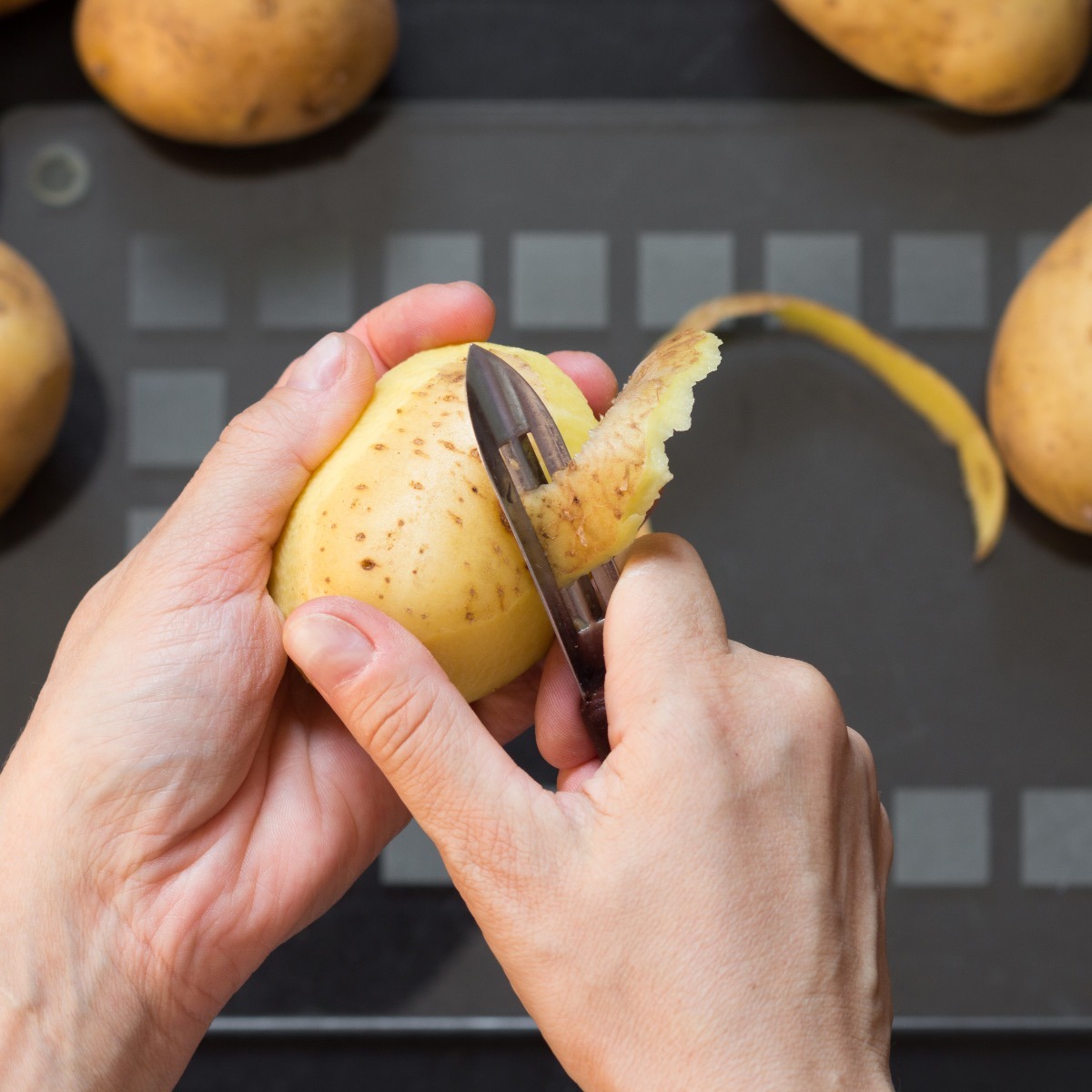
I cannot believe how many different types of peelers are on the market—you can find them for prices ranging from $1.00 to $15+. Despite the wide variety, they can generally be grouped into two types, the in-line peeler, and the “Y” peeler.
The in-line peeler has been around for years, but the “Y” peeler is relatively new. I have used both and have not developed a strong preference one way or the other. The one you choose depends entirely upon your preference.
Get a reasonably hefty model with an ergonomic handle to make it easy to grip. Also, look for a sharp, stainless steel blade because there is nothing worse than trying to peel potatoes with your grandmother’s dull peeler.
The Handy Garlic Press
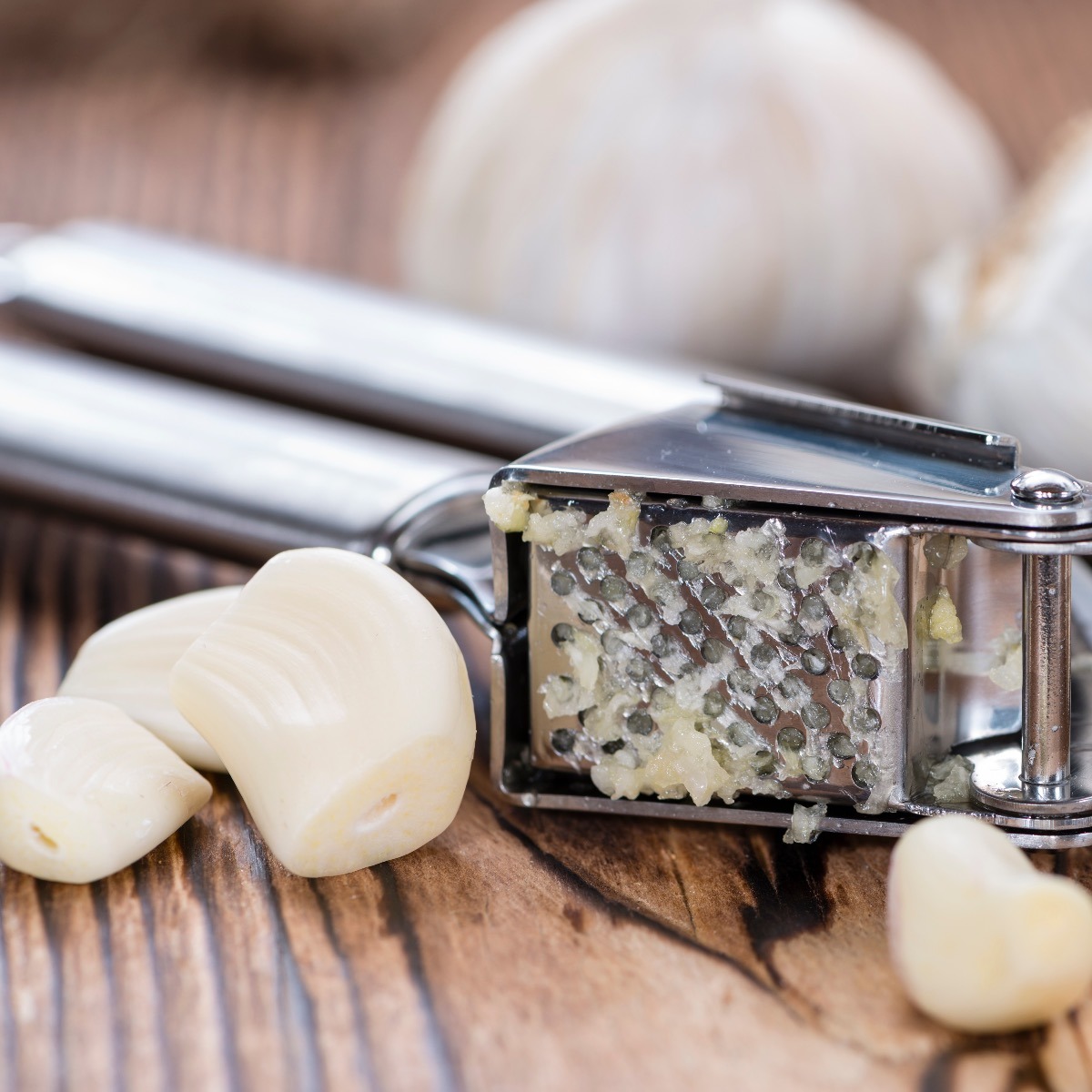
Made like a small potato ricer, a garlic press can turn a clove or two of garlic into a paste in no time flat. If you use a garlic press, know that this preparation method will yield the most intense garlic flavor since it will extract more volatile oils than simply dicing or mincing with a knife.
You can purchase a substantial model with a sturdy hinge. A handy feature is an integrated cleaner that can clean out the garlic that inevitably gets stuck in the tiny holes of the press.
Cheese Slicer
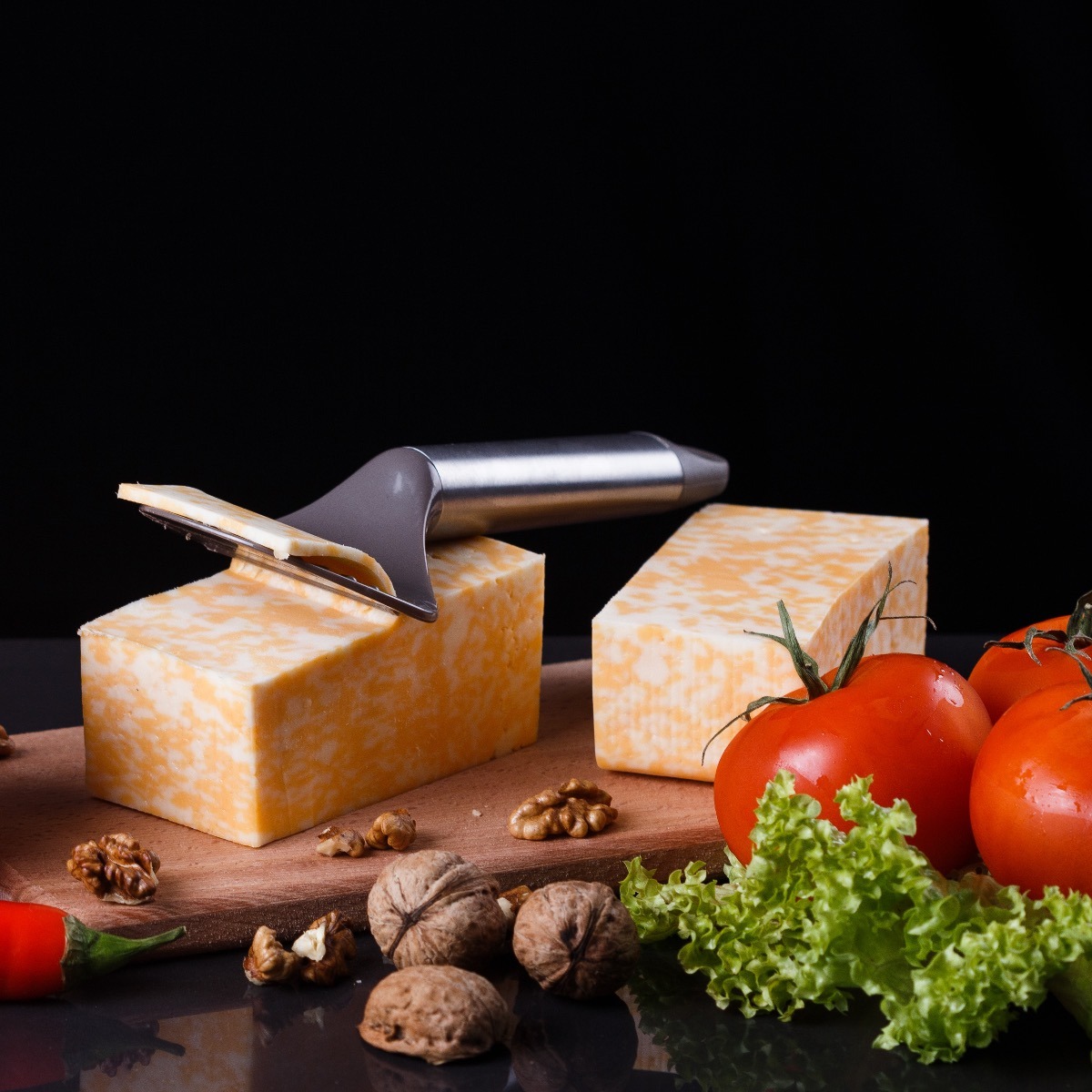
Here’s another valuable tool to have in your utensil drawer. Two basic kinds are used to slice thin pieces of cheese with minimal drag.
One is a “Y” slicer that uses a wire and a rolling metal cylinder to slice through semi-soft and firm cheeses. The other has a broad metal blade with a sharpened slot towards the handle. Use this style with harder cheeses.
Of the two, the second type is my preference. I think they are easier to clean. Whichever type you prefer, purchase one with either an integrated or riveted handle.
Have You Ever Used a Potato Masher
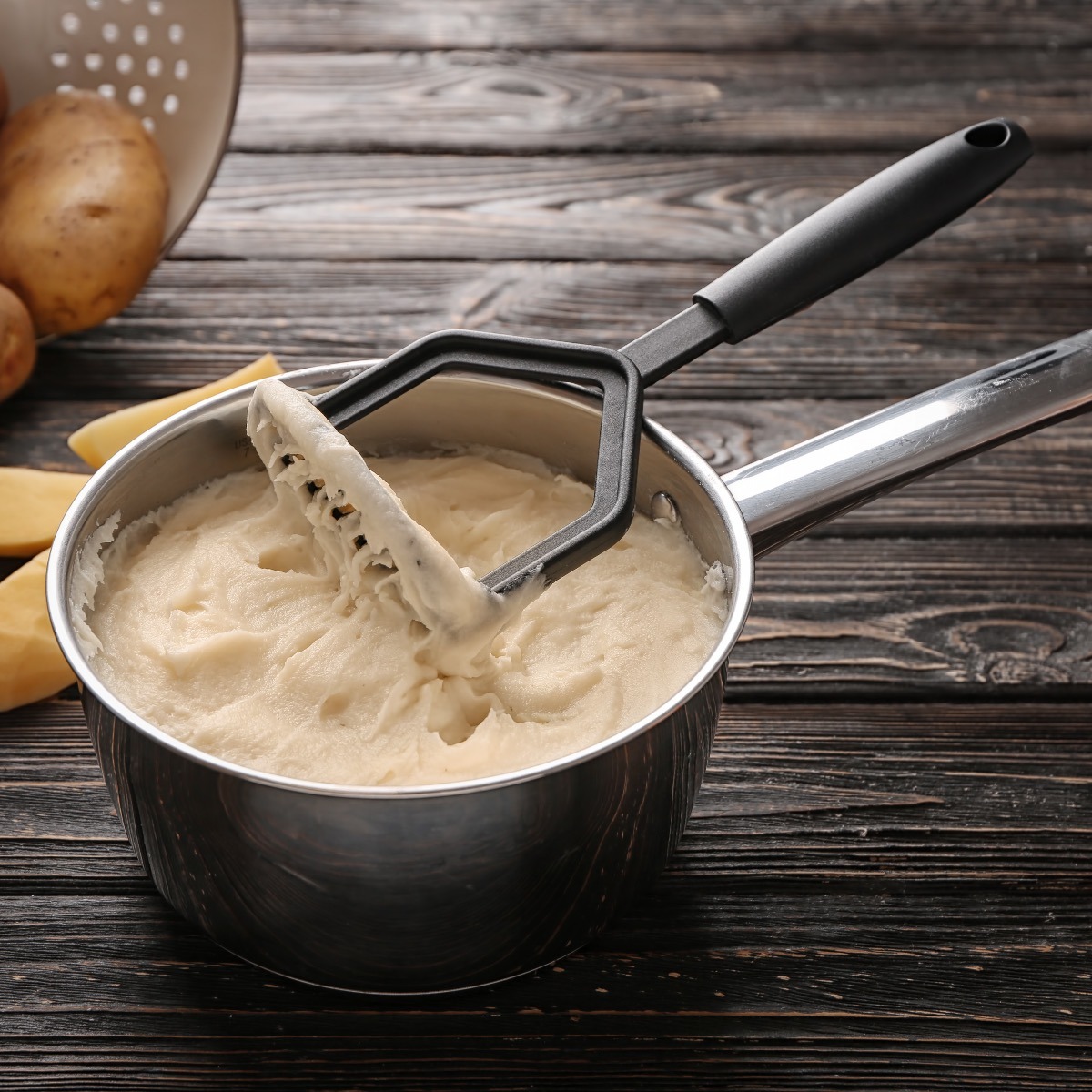
Potato mashers can be made out of plastic or metal. I recommend a metal version as the plastic versions often break easily, become discolored or even melt in a hot pan.
Buy a sturdy masher built for the kind of mashed potatoes you like. Get one with many holes if you like smooth potatoes.
If you are more a fan of chunky mashed or smashed potatoes, get the kind that mashes with one continuous thick wire. Since a masher is used pretty vigorously, get one that feels comfortable in your hand and one with an integrated or riveted handle.
The Ladle – A Favorite of the Professionals
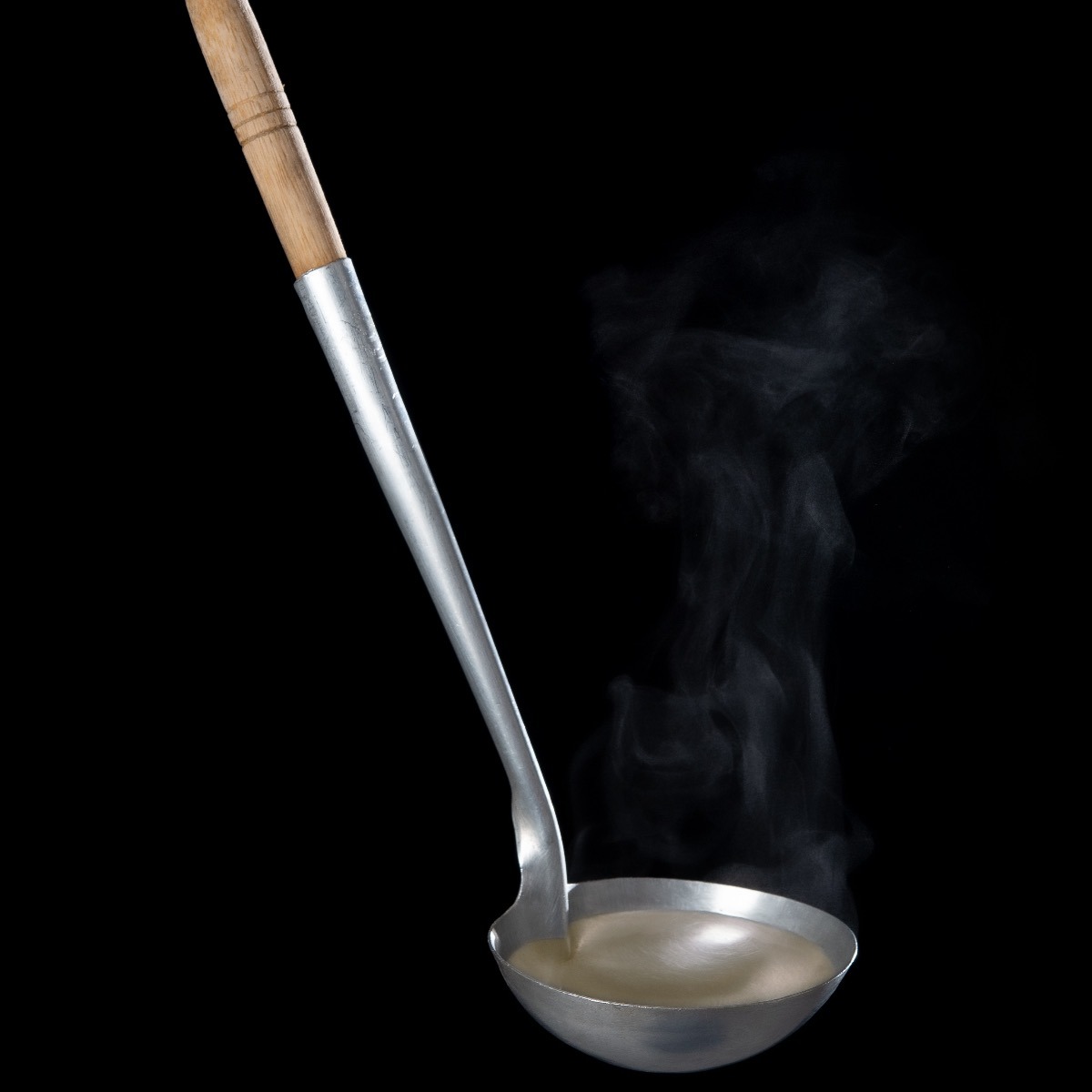
Ladles aren’t used as much in a home kitchen as in professional kitchens, but they have some advantages over spoons. You can get calibrated ladles to dip any amount from an ounce to 8 ounces.
Also, ladles have very long handles and can keep your hands out of the way of very hot liquids. With their handles perpendicular to their bowls, they are made especially to fit into large, tall pots. Get a ladle with an integrated handle that is a comfortable size for your kitchen.

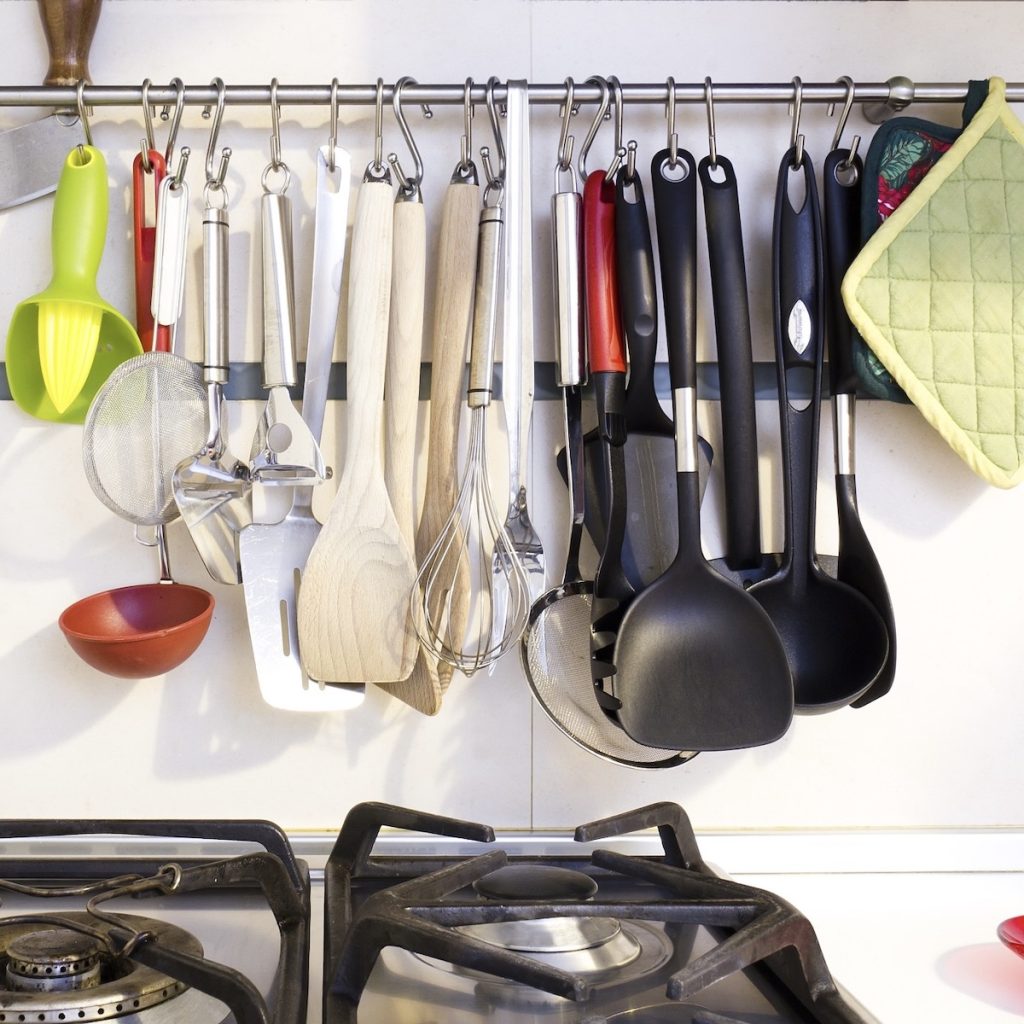
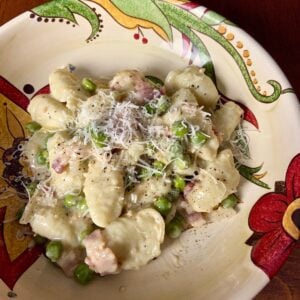
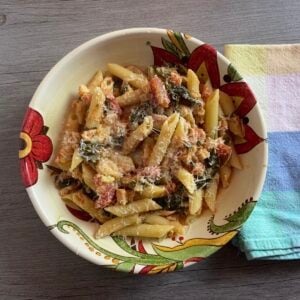



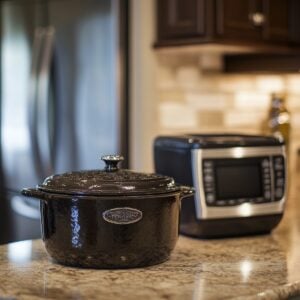
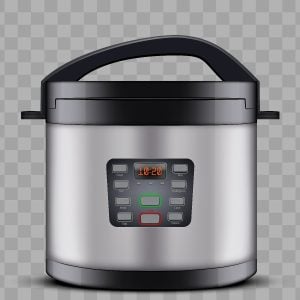
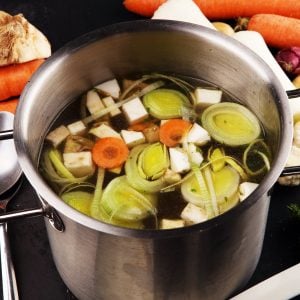
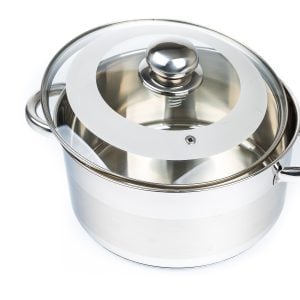
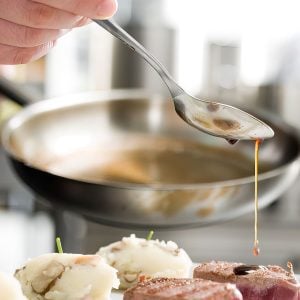

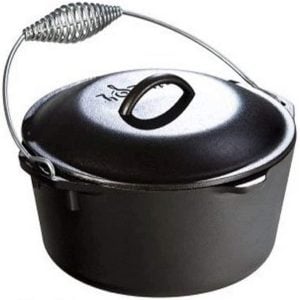


2 Responses
This is very necessary kitchen tools. Every kitchen needed these kind of tools. thank you for the post.
Well that’s an interesting one, thanks for the share.